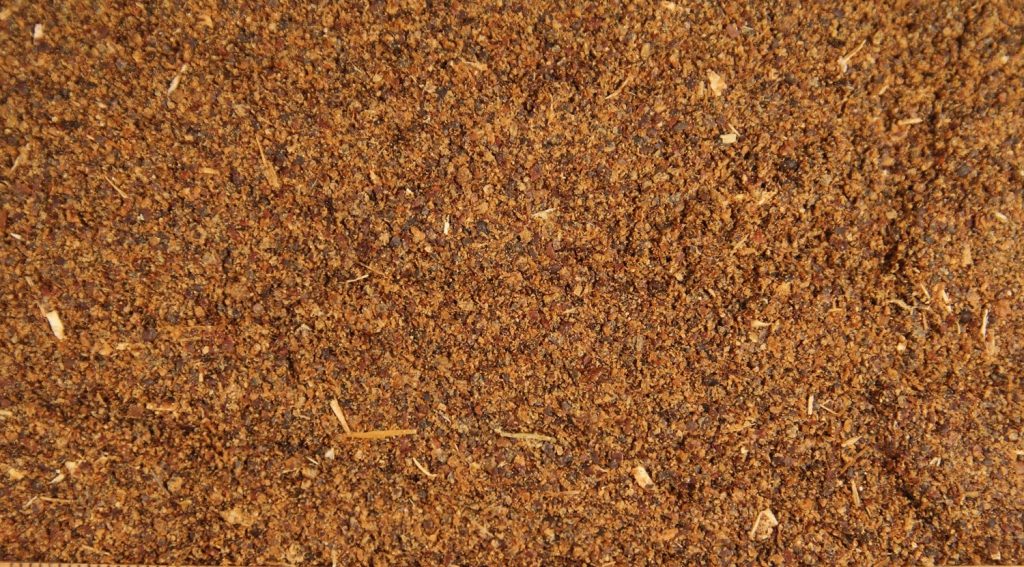Canola meal


Canola meal is commonly used in aquaculture diets including as catfish, carp, tilapia, bass, perch, seabream, turbot, and shrimp. Lim et al. (1998) found that canola meal can be included in channel catfish diets at up to 31% inclusion levels with no negative effects on performance. Canola meal and rapeseed meal are also commonly included in carp diets, which are normally vegetable protein based. Carp have a higher tolerance for glucosinolates than many other aquaculture species and this is a reason why high-glucosinolate rapeseed meal is popular in carp diets in Asia. Higgs et al. (1989) determined that canola meal could be effectively used at a 10% inclusion level in juvenile tilapia diets without significantly depressing growth rate or feed conversion efficiency. On the other hand, Abdul-Aziz et al. (1999) fed up to 25% canola meal in tilapia diets with no effects on performance. Glencross (2003) found that canola meal could comprise up to 60% of the diet for red seabream without detrimental effects on performance. In the case of shrimp, Lim et al. (1997) found that 15% canola meal in shrimp diets resulted in no significant performance differences but that 30% and 45% inclusion levels resulted in growth rate and feed intake depression. A non-nutritional concern about using canola meal in shrimp feeds is the negative effects that the fiber in canola meal has on feed pellet water stability.
The main improvements for canola meal usage in aquaculture feed will likely be due to the further development of protein concentrates so that canola meal can compete with fish meal in carnivorous diets that require higher protein concentrations. Canola meal may be converted into canola protein concentrate (CPC) by aqueous extraction of protein.